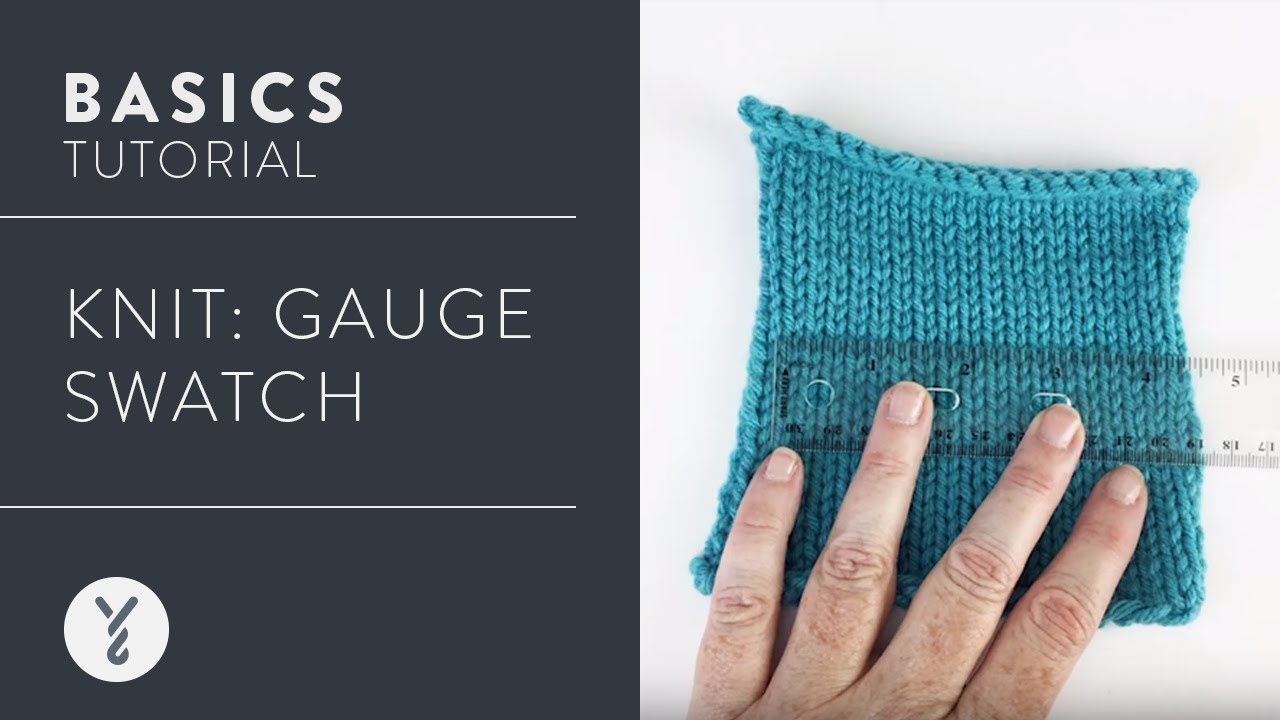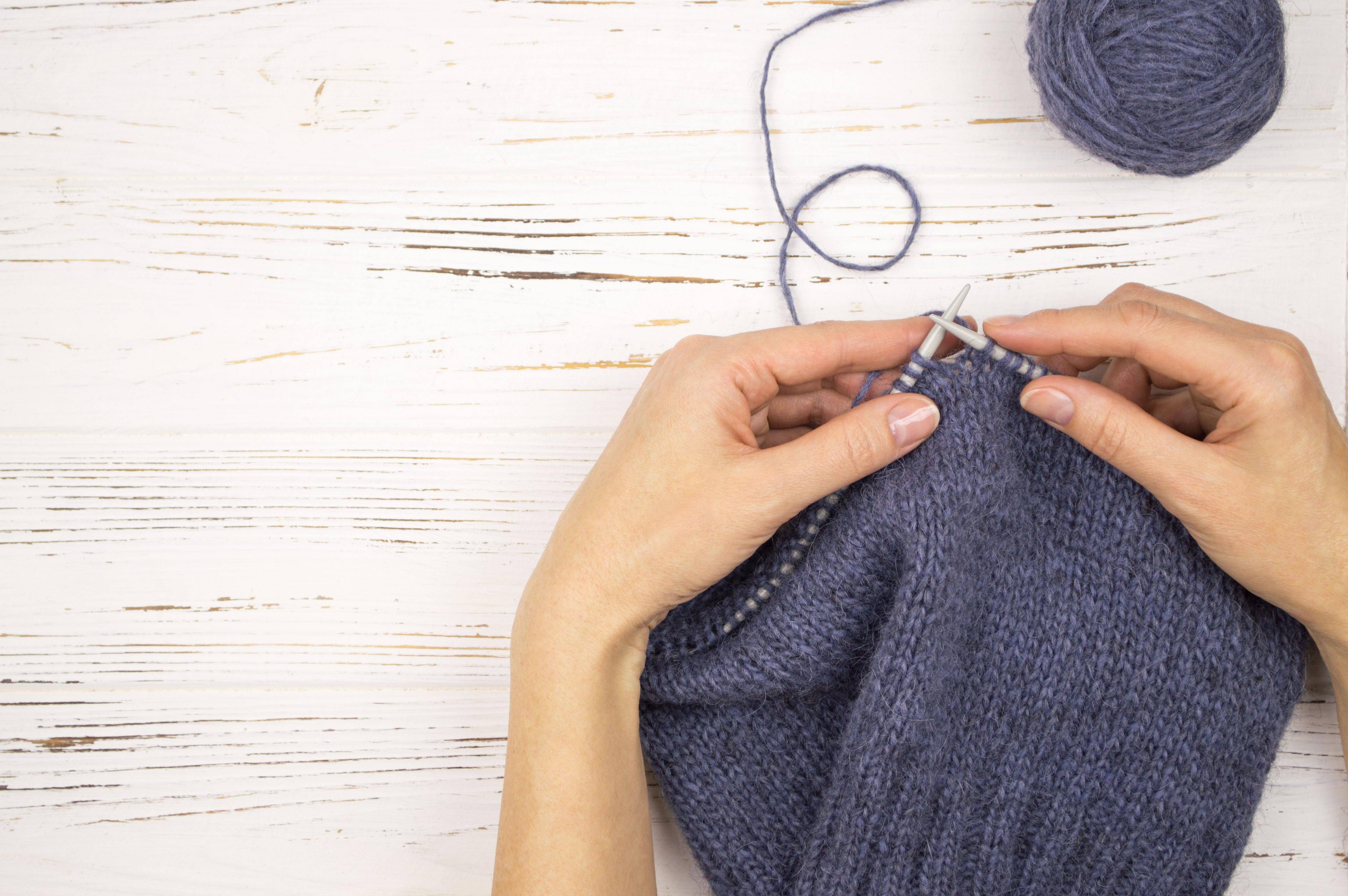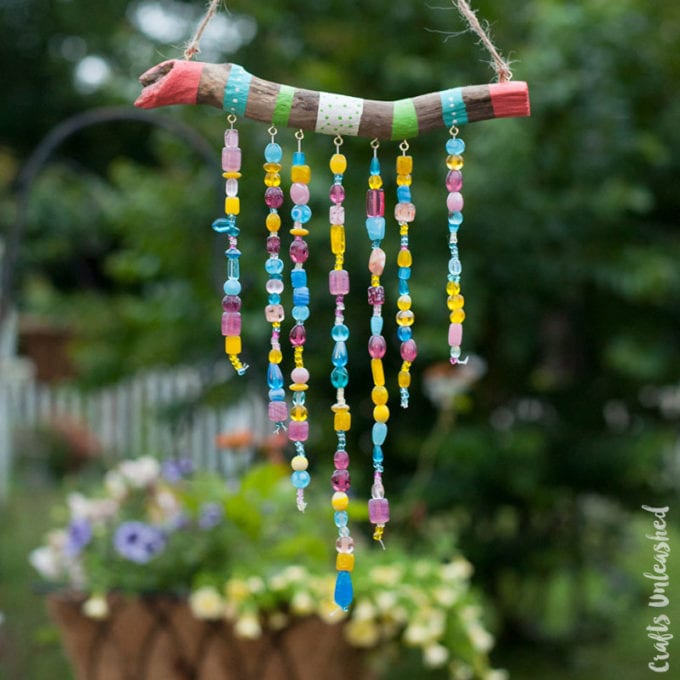
With a butterfly cutout, or with a puzzlemaker, you can create butterfly puzzles. The puzzle maker allows you to add compound words as well as a photo of a butterflies to the puzzle. These puzzles are fun and can be a great way to teach children about butterflies. They're also a great way to teach the importance of patience.
No-prep PDF options
Butterfly math puzzles can be used to teach basic math facts, such as 0-20. This type of puzzle is available in both printable and digital formats, and they can be used as a supplement to a book study, science unit, or individualized math program. The game-like format and simple design will keep students' eyes on the puzzle.

Jigsaw puzzles made from die-cut pieces
For anyone who loves butterflies, die-cut butterfly jigsaws are a great gift. Butterflies represent life, celebration and growth. These puzzles are available with beautiful colors of blue.
Gradient jigsaw puzzles
You'll love this new line of Gradient jigsaw butterflies puzzle products if you love butterfly artwork. Featuring 500 unique pieces, these unique puzzles will challenge your patience and creativity. These colorful puzzles were created by KangHee, a New York photographer. They feature original artwork by Tess Smith-Roberts, and Troy Litten. It is arranged in a way that colors and movements are represented. You will need to have patience to solve them all.
Counting puzzles
They are great for teaching sequencing and counting. They can be used to teach children to count from 1 to 20 and backwards. These puzzles can be used to reinforce skip count by twos, threes and fives. These puzzles come in many colors and can also be used in math center. Some of the puzzles can have blank grids on which additional numbers can be programmed. You can also use a base Grid to place your puzzle pieces.
Drawing challenges
Kids love to play with butterfly puzzles. These puzzles not only challenge, but allow children to use their imagination. There are three types of puzzles with a butterfly theme: one that is butterfly dot–to-dot, another that is butterfly counting, and one that challenges you to draw a butterfly.

Writing prompts
It is an excellent way to test student writing skills with butterfly puzzles. They can also be used to practice one-on-1 correspondence and upper-and lower case matching. Students can work individually or in pairs to complete a butterfly puzzle. These puzzles are simple to make and great for math centers, small groups, and other activities. They can be laminated to increase their durability. You can store them in an envelope or basket to make it easier to access.
FAQ
What are some great hobbies ideas?
Hobby Ideas For People Who Love to Teach and Learn.
Hobbies are great ways to spend time doing what you enjoy while learning something new at the same time.
There are many hobbies. But they all share similar characteristics. They are usually enjoyable activities that don't require a lot of effort and can be very economical.
These also involve helping others.
Although you might not consider yourself a teacher, there are likely things you can do to help others learn.
So if you want to be more creative in your life, consider starting a hobby where you can use your skills to help others.
What are observation hobbies?
Observation hobbies are activities where you observe people doing what they do. These hobbies could include reading books, watching sports, or going on vacation. It could also involve observing others.
It's great to have observation hobbies because it helps you think creatively. This knowledge can be used later to help you with projects that you are working on for others or yourself.
If you are passionate about something, you will find it easier to learn about it.
You might watch or read about football to learn more. You could visit or take part in exhibitions if you are interested in learning more about photography.
If you like to play music, you can either learn the songs online or get a guitar.
You have the option to make your own meals or take out at a restaurant if you enjoy cooking.
If gardening is your passion, you can grow vegetables and flowers.
You could take a class or go out dancing with your friends if you enjoy dancing.
If you love painting, you can paint pictures.
If you love writing, you might be interested in writing poems and stories.
You might enjoy drawing pictures, if you are a good artist.
If you're passionate about animals you might consider working at a Zoo or looking after their pets.
If science is your passion, you might choose to study biology or chemistry.
You can read books, listen to podcasts, or watch films if history interests you.
If you enjoy traveling, you can travel around the world or just explore your own area.
What are your educational hobbies and interests?
An educational hobby involves a sport or other activity where you can learn something from doing it. It could be anything, from playing sports to learning how an instrument is played.
The key thing is that it should be fun and enjoyable for you. You don’t have to do it constantly, but you should consider what other activities you could be engaging in instead.
These activities could end up costing you far more than what you pay for.
Which hobbies are most in demand right now?
Popularity is not always a good thing. Popularity can often be used to excuse mediocrity. The fact is that most people do not have time to pursue any hobby they want. They're too busy working to make ends met. What can you do if your time is limited? Start a business.
This isn’t easy. You will need to overcome many obstacles before your idea can become a reality.
Consider pursuing a hobby if your goal is to have something more fun than running a company.
Hobbies aren't just limited to creative pursuits. There are many kinds of hobbies. There are many hobbies available, including:
-
Gardening
-
Cooking
-
Photography
-
Reading
Statistics
- Much of this decline reflects the fact that teens are less likely to work today than in the past; among employed teens, the amount of time spent working is not much different now than it was around 2005. (pewresearch.org)
- This 100% accurate personality-analyzing hobby quiz discovers your passion based on your characteristics. (quizexpo.com)
- I am 100% biologically a woman (discover.hubpages.com)
- A new survey by Pew Research Center of teens ages 13 to 17 finds that 36% of girls feel tense or nervous about their day every day; 23% of boys say the same. (pewresearch.org)
- The intensity of the dialogue partners' bond at the end of the forty-five-minute vulnerability interaction was rated as closer than the closest relationship in the lives of 30 percent of similar students. (time.com)
External Links
How To
How to learn a music instrument
There are many different ways to learn how music is played. There are many options. You can go to school, purchase a book, learn from an instructor, or watch videos online. Here are some tips and techniques to help you learn if your goal is to create your own learning path.
-
Find something that interests your interest. If you don’t like any of these instruments, you can always try another. It is difficult to enjoy an instrument if it is not something you are interested in.
-
Be patient. It takes time to learn something new. You don't have to learn everything in one go. Keep practicing each day.
-
Practice regularly. You can do this even when it is hard. This will help you remember what you've learned.
-
You should choose a comfortable place to practice. Ideal is a quiet area where you don't have to disturb anyone else. Make sure there aren't distractions. Avoid loud music, for example.
-
Have fun. Music should be enjoyed. So make sure that you always have fun while practicing. It will make you more motivated to keep going.
-
Set goals. You will know what you need to do if you have goals. Failure is not an option.
-
Keep track your progress. Keep track of all your successes and failures. This will help you to improve your performance over time.
-
Take breaks. Sometimes you just need to take a break. You will be able to take breaks and think about the things you are doing.
-
Ask questions. Ask other people if you have any doubts or confusion regarding certain aspects of the instrument. They may be able to help you out.
-
Listening is the best way to learn. Many musicians enjoy listening to their favorite songs and trying to imitate them. This helps them understand basic concepts behind the song.
-
Read books. Read books to learn more than just watching videos or learning from classes. Books contain information you will not find anywhere else.
-
Join a band. You'll be more motivated to practice when you are playing with others. Plus, it will be easier to meet people with similar interests.
-
Learn from tutorials. Tutorials are videos that provide detailed explanations of various topics. Tutorials are short videos that focus on one part of the instrument. You can learn difficult parts of the instrument by watching tutorials.
-
Try different methods. Some people prefer to learn through lectures, whereas others learn better by reading. Experiment until you find what works best for you.
-
Practice makes perfect. You don't become an expert overnight. It takes a lot of work to be able to perform well.
-
Learn from other musicians. You can learn faster by listening to other musicians play your favorite songs.